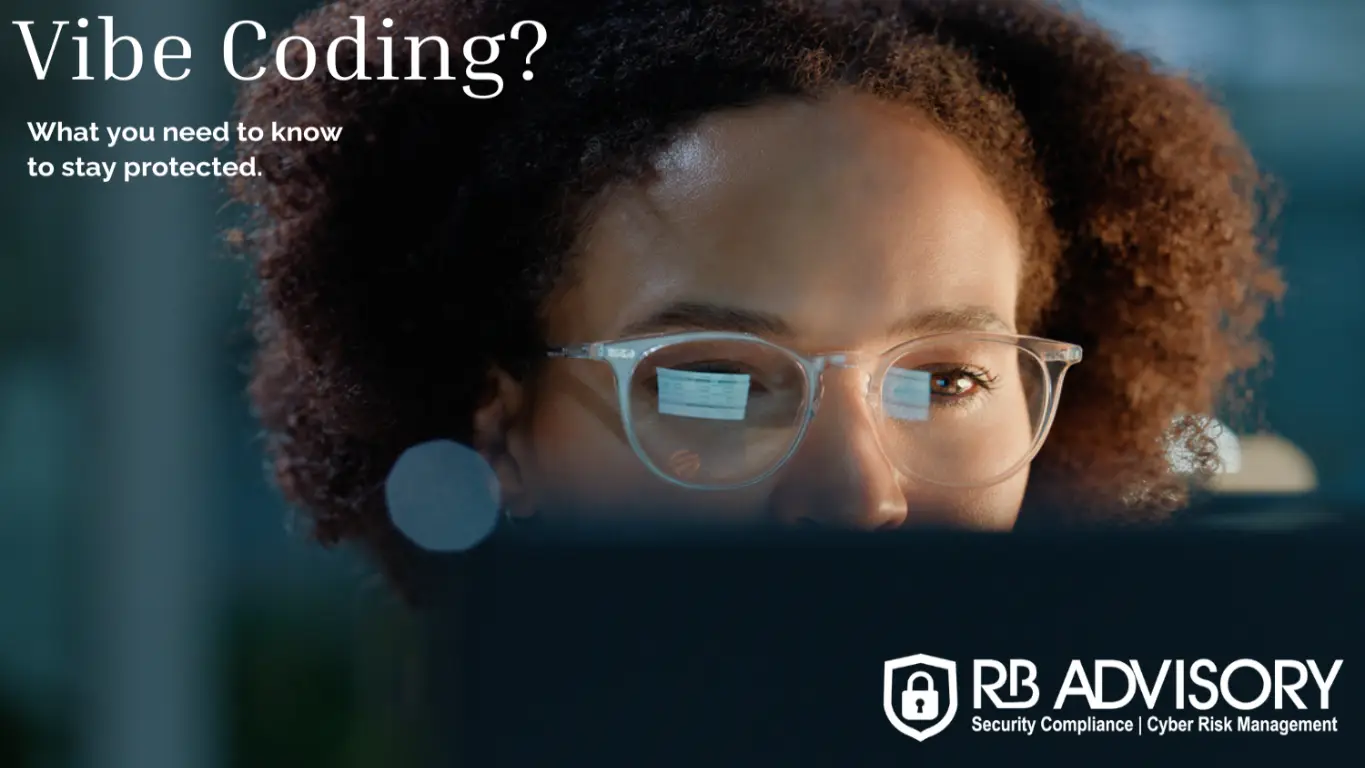Securing Low-Code and No-Code Development: Expert Guidance from RB Advisory
In today’s fast-paced digital economy, organizations are turning to low-code and no-code development platforms, sometimes referred to as “vibe coding,” to rapidly build and deploy applications without the need for extensive programming expertise. These tools promise speed, agility, and cost savings, empowering non-technical teams to create powerful solutions.
But there’s a catch: speed without security can be costly.
According to Regine Bonneau, Founder and CEO of RB Advisory, LLC, (also known as “Regine the Cyber Queen™), this democratization of software development is reshaping the cybersecurity landscape.
“Low-code and no-code platforms are incredible accelerators for innovation,” says Bonneau. “However, they can also create shadow IT risks, expand attack surfaces, and expose sensitive data if security isn’t built into the process from the start.”
Why Low-Code/No-Code Is on the Rise
From automating workflows to creating internal dashboards, low-code and no-code solutions are becoming mainstream across industries. They allow business users to:
- Launch applications faster than traditional development cycles
- Reduce reliance on overburdened IT departments
- Prototype and iterate with minimal cost
- Integrate with existing enterprise systems
The benefits are undeniable, but so are the risks.
Cybersecurity Risks to Watch
RB Advisory warns that without proper oversight, low-code/no-code tools can introduce vulnerabilities such as:
- Unvetted Integrations – APIs and plug-ins may lack proper security vetting.
- Data Leakage – Improper configuration can expose sensitive customer or operational data.
- Shadow IT – Applications built outside official IT governance can evade monitoring and security controls.
- Compliance Gaps – Unsecured workflows can violate industry regulations like HIPAA, PCI DSS, or GDPR.
“Just because you can build it quickly doesn’t mean it’s safe,” Bonneau notes. “The same governance, risk management, and compliance principles that apply to traditional development must apply here.”
How Organizations Can Secure Vibe Coding
RB Advisory recommends five steps to integrate security into your low-code/no-code strategy:
- Establish Governance Policies
Define clear guidelines for who can build applications, what data they can access, and how projects are approved.
- Embed Security by Design
Use secure development checklists and security testing tools from the earliest design stages.
- Implement Access Controls
Ensure multi-factor authentication (MFA) and least-privilege permissions for all platform users.
- Monitor for Anomalies
Integrate low-code/no-code platforms into your organization’s continuous monitoring and SIEM tools.
- Educate Citizen Developers
Provide training on cybersecurity fundamentals for all non-technical staff building applications.
The Bottom Line
Low-code and no-code platforms are here to stay, and they can be transformative. But without proactive security measures, they can also become gateways for cyberattacks.
Bonneau sums it up clearly:
“In the rush to innovate, we can’t lose sight of our responsibility to protect data, systems, and trust. Low-code and no-code development should be an enabler of secure innovation, not a shortcut that creates long-term risk.”
About RB Advisory LLC
RB Advisory is a leading provider of cybersecurity risk management, compliance, and data protection services. Founded by Regine Bonneau, a recognized industry expert, RB Advisory helps organizations navigate complex digital risks, safeguard critical assets, and maintain resilience in the face of evolving threats.



